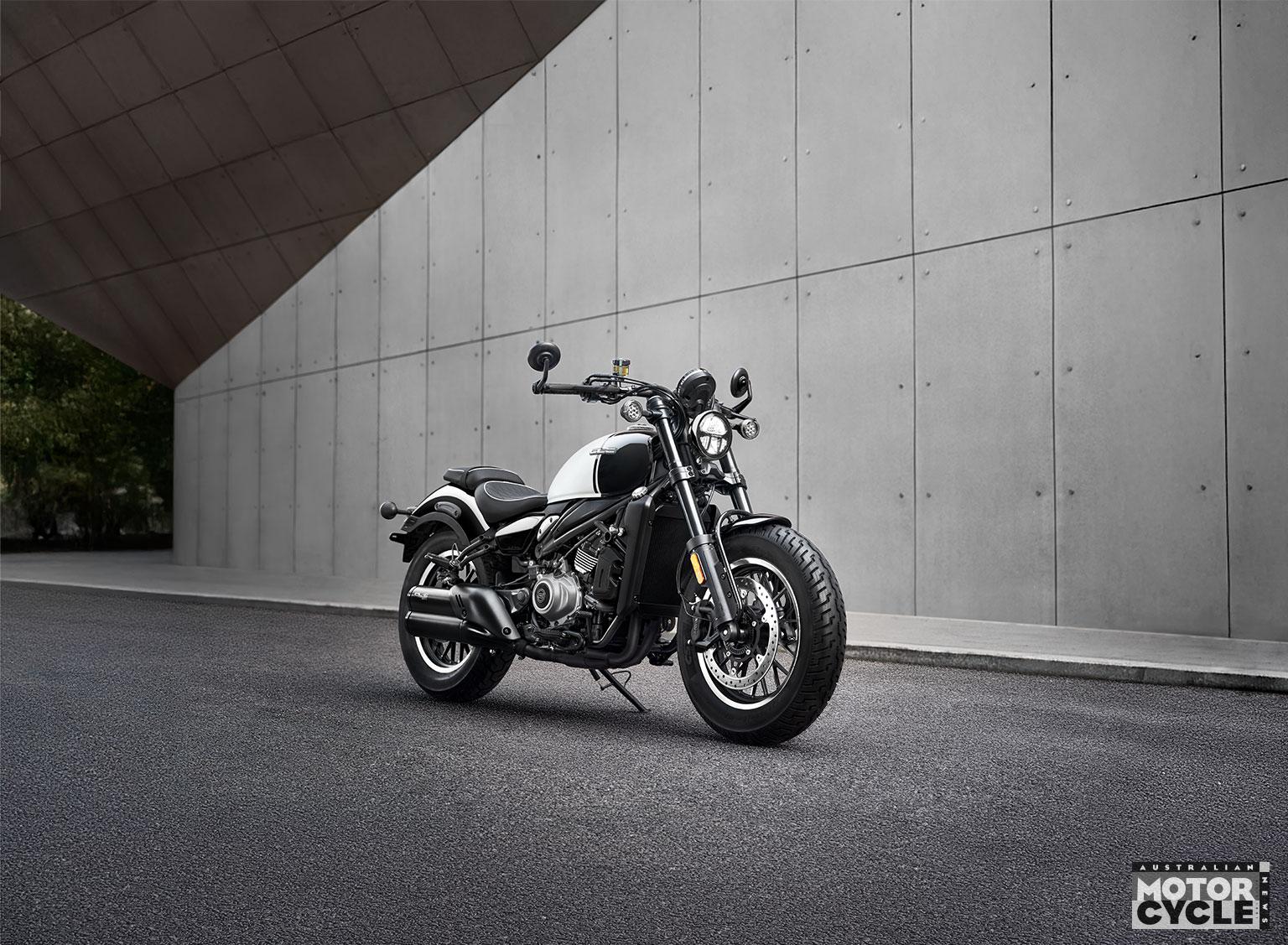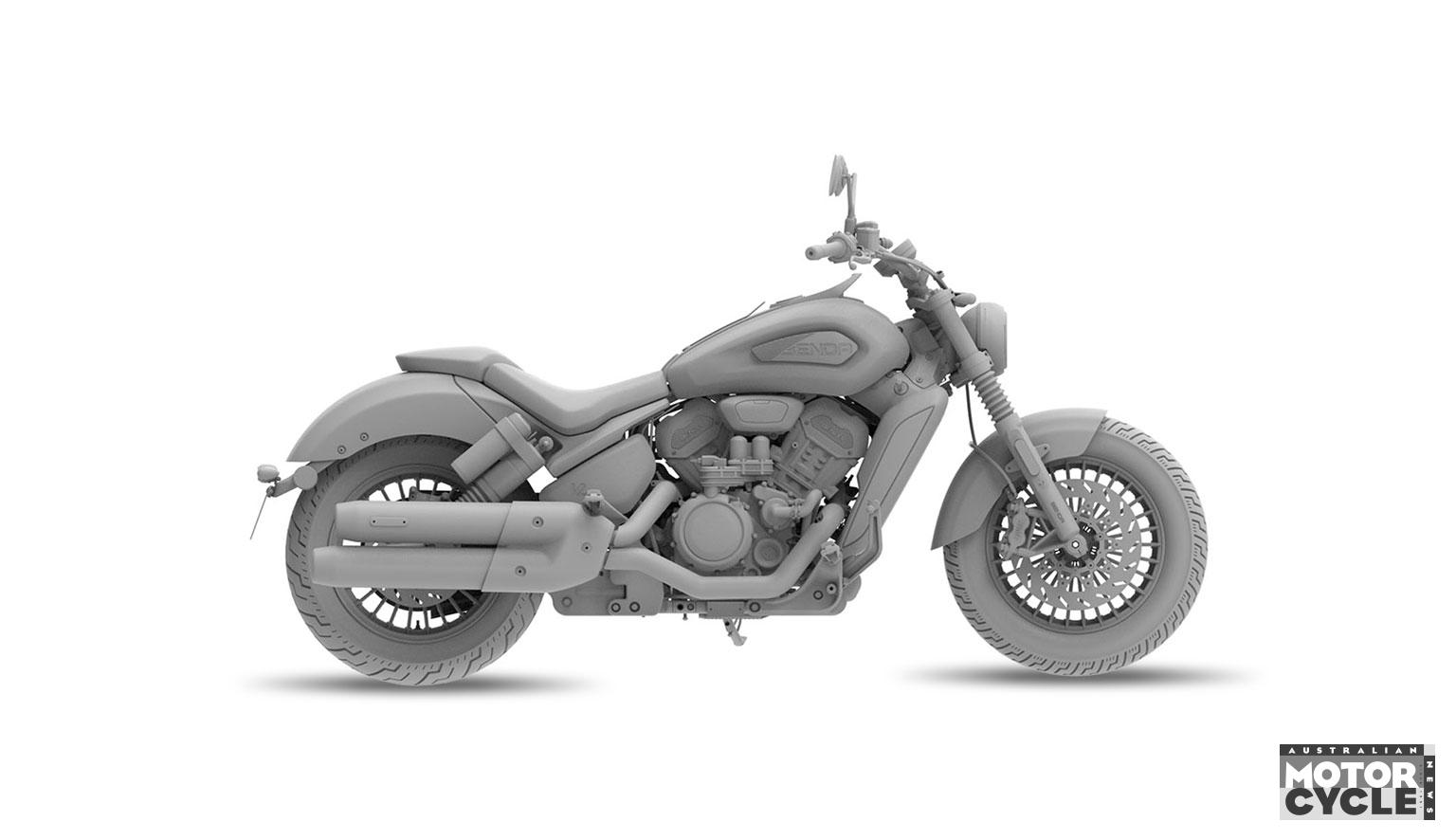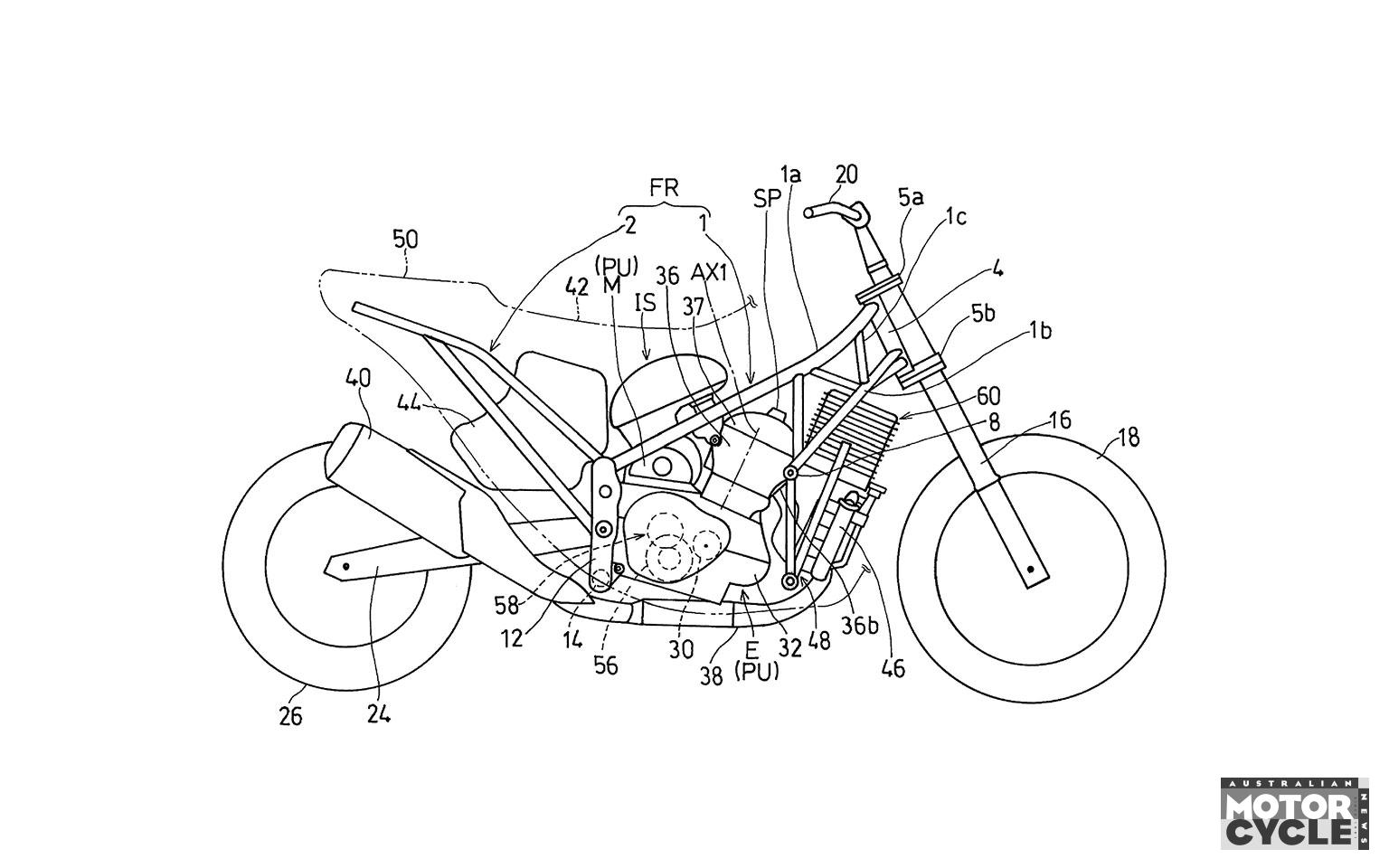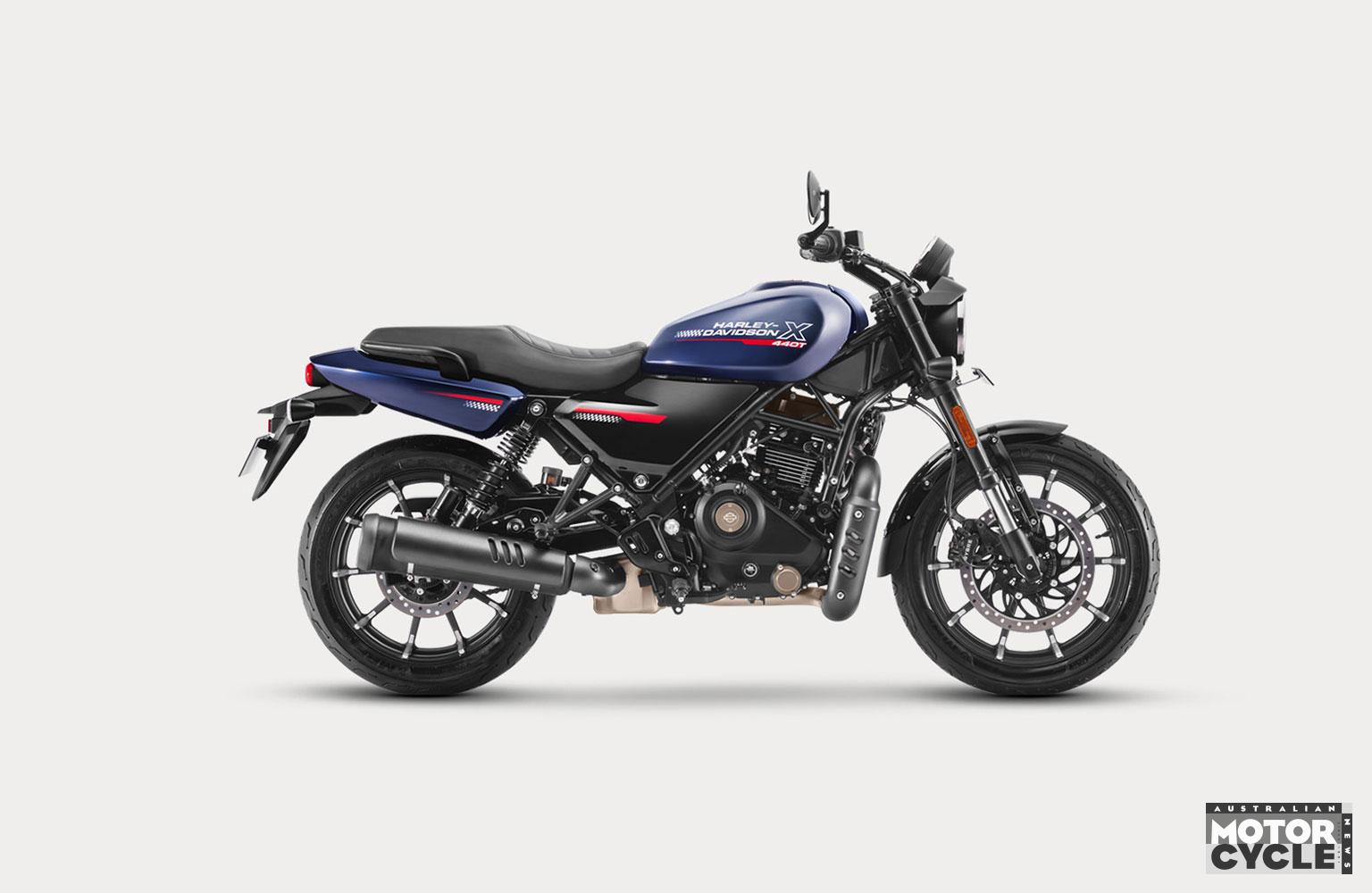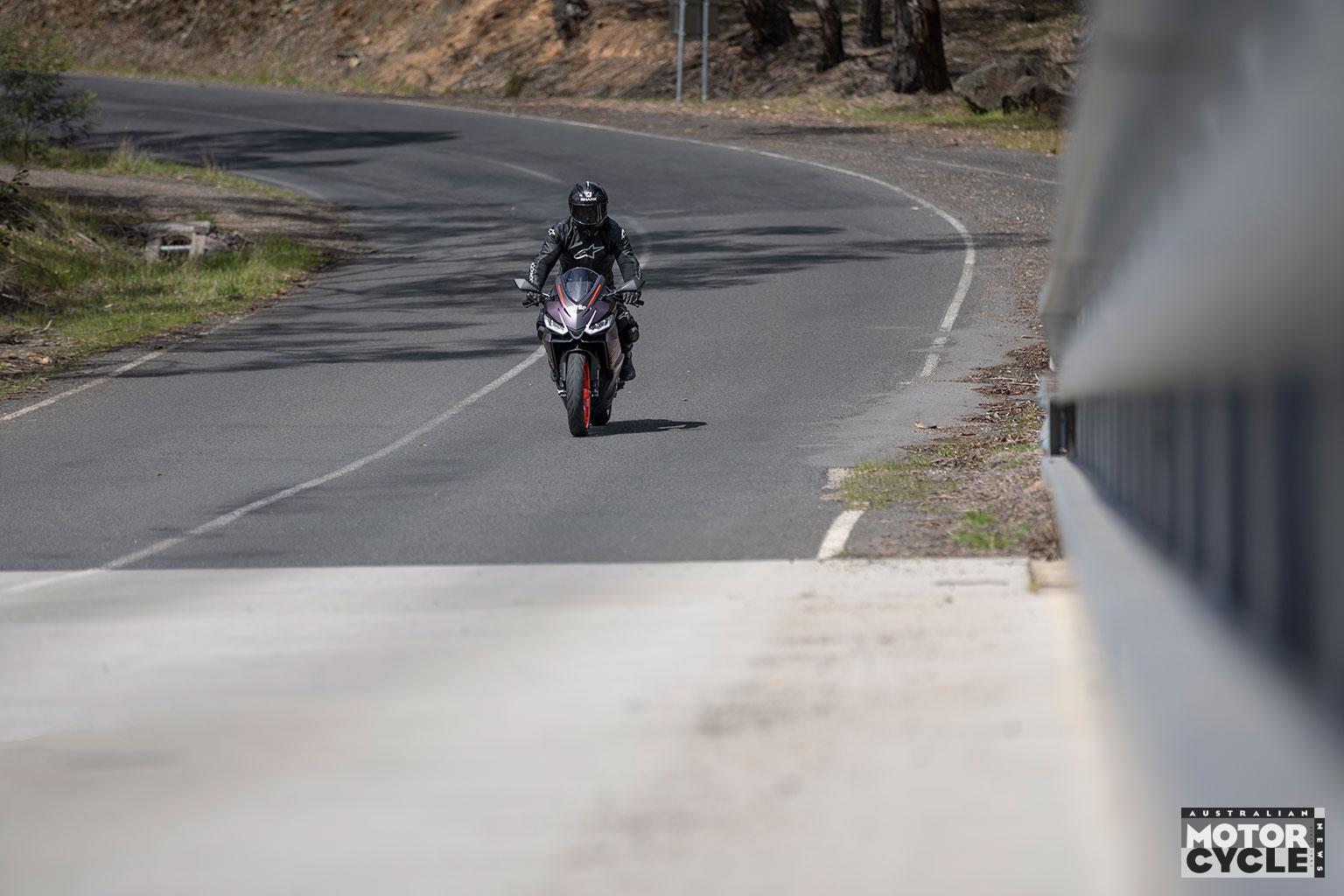We’ve more than 35 years living vicariously through the exploits of ‘Sir’ Alan Cathcart while he travels the world to sample the most exhilarating motorcycles every built. But all the while his identity has remained a mystery, concealed behind a set of Kushitani leathers and an Arai helmet emblazoned with the Union Jack. We decided it was time to find out more about the enigmatic moto-journalist’s life, and discover how he made a career of riding factory race bikes and one-off custom builds.
Okay, let’s get it out of the way – were you really knighted?
(Laughs) Unfortunately not! The title is purely honorary and it was dreamt up by Grant Leonard, the Editor of Superbike magazine in the UK around 1990. The first time I read it in print I thought it was quite funny but then it just mushroomed.
You’ve got strong ties to Australia, including several family members who call this land home.
Yes. My mother-in-law and sister-in-law both emigrated to Perth in 1975, and in fact my wife Stella would’ve gone too if she hadn’t decided to stay in England and take a chance with me. We’ve been visiting Western Australia since 1977 and now both my daughter and eldest son reside there. Our daughter Kirsty went out there on a post-graduate visa and fell in love with an Aussie, whom she then married, and together they’ve produced a couple of grandchildren for us so far. In my son Andrew’s case he’s been going to WA many times since he was a kid and he just loves the people there. He now lives in Nannup and works for Brook Henry as General Manager of Vee Two Australia.
How did your career in moto journalism start?
When Classic Bike magazine was established in the UK in 1978 I was persuaded by the editor to start writing classic racer tests of old bikes. By then I had quite a good collection myself so I started out writing articles about my own bikes. Then, after they’d appeared for two or three issues, people started writing in and offering me theirs and that’s how it all came about. It was still a hobby for me then but this was the beginning.
What about your relationship with AMCN, how did that come about?
Well I used to be a partner in a travel company and during a trip to Australia in 1981 I met the owner and editor of AMCN – Mike Hanlon. He was looking for a European correspondent but I wasn’t that interested in writing about modern bikes. About six months later, my wife and I were driving around the South of France on vacation when we came across a whole host of BMW’s passing us in the other direction. It was the new R800GS, so we guessed it must be the press launch. We couldn’t keep up with them but, on the assumption that BMW would be doing it right, my wife started looking through the Michelin guide for a top restaurant in the vicinity that had a car park, and lo and behold, there they were. I introduced myself as the European correspondent for Australian Motorcycle News and to cut a long story short they provided me with riding gear for the day as well as a photographer, and I went on to publish the article with Mike. A year later I sold out of the travel business and started writing full-time.
Tell us about your racing background
I began as a hobby rider in 1974 on single-cylinders before moving on to superbikes. I had a Formula 1 P&M Kawasaki in 1979 and still remember my first lap of the Isle of Man TT on the bike when Graeme Crosby on the Moriwaki zapped me at Signpost Corner and pulled a mega wheelie on the way out. I remember thinking, “Bloody Kiwi! Who does he think he is?!” I was so jealous because I couldn’t do wheelies, not like his.
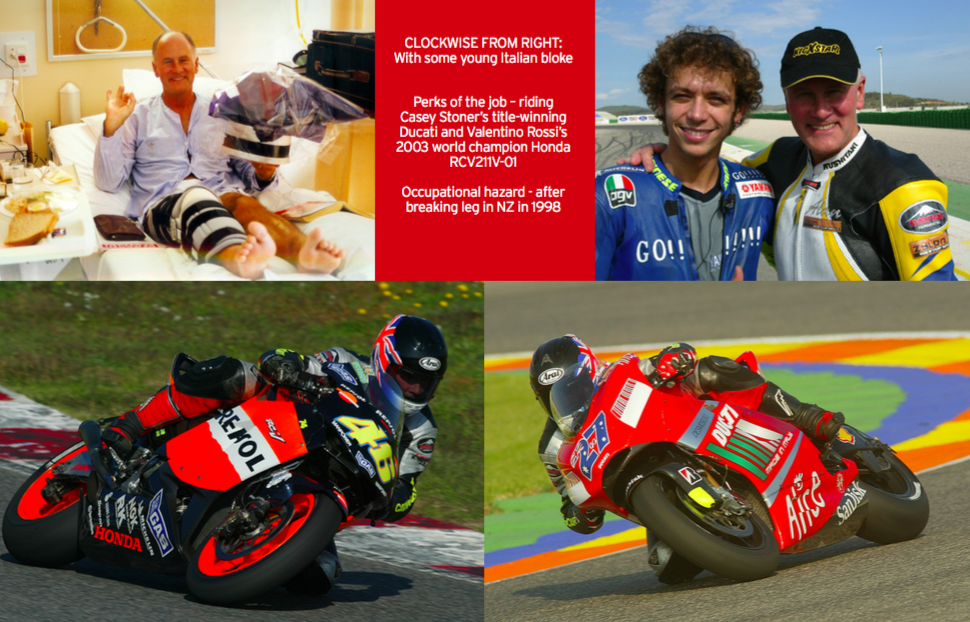
So you’ve raced IOM TT?
Oh yeah. I have an honourable but not exceptional record there. I finished fourth once, fifth and also ninth with a broken wrist. It would have been nice to get on the podium at the TT but I was also very fortunate because I’ve crashed twice where other people got killed.
Did you try your hand at any other ‘Roads Racing’ events?
I raced in the Belgian and Dutch public roads circuits – Tolbert, Hengelo, Mettet, Chimay etc. – and won the Dutch Open Championship one year. I also rode Tony Rutter’s world championship winning factory Ducati 600 TT2 at the Macau GP and did okay finishing 12th – that was the year when Wayne Gardner crashed at the only corner where you could get away with doing so!
What was your most memorable race?
Well, after I won the Sound of Thunder World Series on the TRX850 I raced for Yamaha Europe, they sponsored me to race in the Formula 1 ProTwins race in Daytona. The bike had been completely reliable throughout the season in Europe, but unfortunately in practice I dropped a valve in the newly rebuilt engine. Brook Henry, father of Ben Henry the ASBK Desmosport Ducati Team Manager, had never worked on a TRX before, but he managed to change the engine with his crew in between qualifying and the race just in the nick of time. We fired it up as the bikes departed on their warm up lap so I started from the back of the grid. We were up against Ducati Superbikes and the like, but I came through from last to first and won the race. A great achievement by Brook.
Is there any circuit that you’ve always wanted to ride but never got the chance? Any particular favourites?
I would’ve liked to race at Barcelona’s Montjuïc Park track but I messed up my right hand the year before I was going to go. It was a very dangerous historic track that must have been quite a challenge to ride – you can still drive around it today. My favourite tracks were always the big circuits. Bathurst was just mega and I’m very proud of having won two Australian TTs there. Monza was great too. Even though people think it’s just a load of straights connected by easy corners the art of the draft is really important – like on the Isle of Man, you pay at the end of the next straight for not getting the previous corner right. I’ve been fortunate to win many races at Daytona and I think that Monza taught me how to make a slow bike fast purely by using a lot of slipstream. The old Assen track was great too and of course Spa-Francorchamps was, and still is, one of the very best.
You just mentioned your right hand – I’ve never noticed that before but it looks like you’re one digit short.
Well, I’ve actually got one and a half fingers missing there. It happened when I was racing at Paul Ricard in 1984. A guy blew an engine at the end of the Mistral Straight and I came off at the entry to the next corner – a very fast fourth gear bend called Signes. The problem with oil is that when you crash on it you go down very fast. Unfortunately, my hand got caught under the bike and, although I was otherwise unhurt, when I got up I saw that the finger was history. Nonetheless, I was pretty lucky because the surgeon at the hospital in Toulon where I was admitted was a hand specialist. He had this new technique where they amputated the finger down into the hand and that’s the reason why most people don’t necessarily notice it.

You’ve had a great relationship with several of Australia’s racing icons throughout your career – including the late Warren Willing. Tell us about that.
Yes, getting an opportunity to ride Kenny Roberts Junior’s factory 500GP World champion Suzuki RGV500 at a good pace in two successive seasons was entirely down to Warren, because he took the trouble to sit down and explain to me what they were trying to do with the set-up of the bike, and how I needed to ride it. It’s interesting that the people who have especially wanted me to ride the factory Superbikes and GP bikes over the years have been the engineers, and the reason for that is that I explain in my articles what they’ve created and the issues they’ve had to contend with.
You mean, in terms of their engineering goals?
Yes, they’re not show-business tests, but a proper in-depth analysis of what the bike is both from an engineering and a hands-on riding point of view – good and bad. That’s why the engineers and the teams have let me ride their bikes year after year.
Many of our readers write in telling us that they enjoy the technical content from your racer tests. Do you have a background in engineering?
No but I’ve spent a lot of time listening to people and taking on board what they tell me.
You’ve piloted Kenny Roberts RGV500, Valentino Rossi’s Yamaha M1 and countless other handmade GP racebikes – how did you get access to these well guarded motorcycles?
Well it all came about when I began racing some serious motorcycles in the 1980s and was fortunate to be given the chance to ride Rob McElnea’s IOM TT-winning Suzuki XR69. That was in 1983 and the following year I got to ride Rob’s factory 500cc Suzuki GP racer. When Honda saw this article get quite widely published around the world, in 1985 they invited me to come to Surfers Paradise in December and ride Freddie Spencer’s NSR500 four-cylinder which Wayne Gardner was racing in the final round of the Swann Series there the day before the test. That was after Freddie had won both the 250cc and 500cc World Championships on a Honda. There was only one thing wrong, and his name was Malcolm Campbell. Wally was riding a Honda triple and made it his mission to beat Wayne – which he did in Race 1. Wayne then went out for revenge in Race 2 and binned the bike big time, bad enough that I couldn’t ride it next day. So the boss of HRC Yoichi Oguma came to me afterwards with profuse apologies and an offer of one hour of exclusive track time at Suzuka the following month to ride the NSR500 there, and as a bonus to make up for the expense and trouble of going to Japan for the first time, to ride Freddie’s NSR250 World Champion as well. So I went to Suzuka and rode the bikes, published the articles extensively, and every year after that I was invited to come and ride the factory Hondas at Suzuka. This set a precedent and encouraged other manufacturers including the Italian ones, some in other classes, to give me the keys of their bikes, and essentially that’s how I got to be given the chance to ride whatever factory bikes I wanted to test.
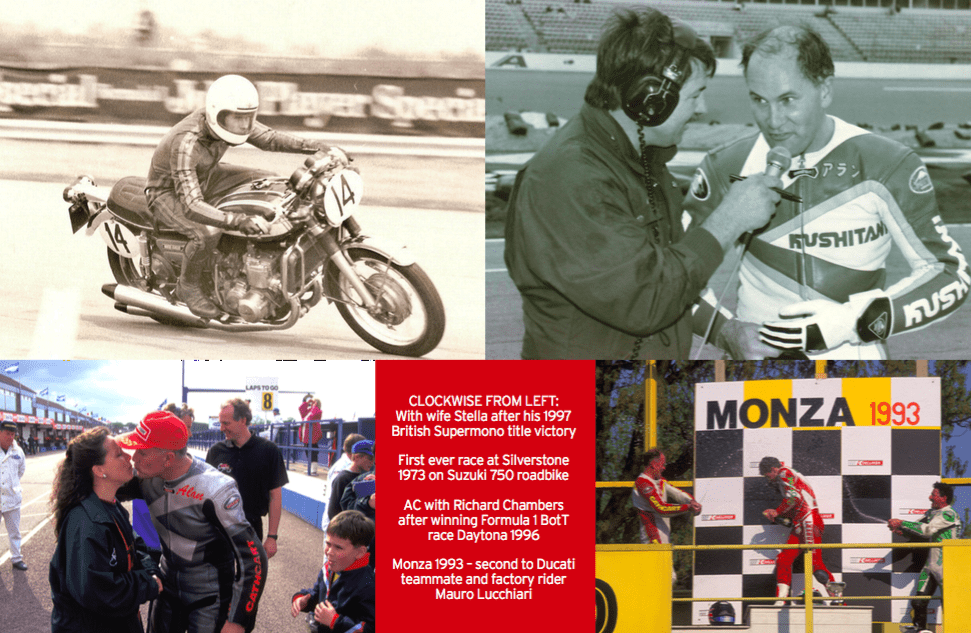
Sounds incredible – what’s your secret?
I can ride them hard enough to get a genuine opinion on what the bike is like to ride in something approaching anger, which I then try to explain to the reader. I’m fortunate that I’ve got a good track record – I don’t often crash them. I’m quite happy to be slower than the guys who ride them all the time, but not too slow, else I wouldn’t keep getting invited back year on year (laughs).
What about in terms of crashing – such a long career and so many weird and wonderfully powerful bikes surely it’s happened?
Yes, **** happens! I slid off Cardus’ NSR250 Honda in the rain at Suzuka, and I crashed the fuel injected Cagiva 500 at Mugello when the fierce power delivery – precisely why fuel-injected two-strokes never made it to GP racing – caught me out. I also binned Andrew Pitt’s MotoGP ZX-RR Kawasaki at Valencia, and after he’d checked I was okay Andrew said he was glad that had happened, because now maybe they’d take notice of his complaints! I’d experienced the problems he’d been complaining about, but hadn’t been clever enough to catch the ensuing slide in time. Still, they did radically change the chassis for the following season! But generally speaking I’ve brought them back alive. I’ve always tried to give it a margin of error because it’s not a race it’s a test, and you’re supposed to be analysing what the motorcycle is like to ride so you can present that to the reader.
Have you ever come up against a bike that you struggled to tame?
The fuel injected Cagiva 500 had that extremely fierce throttle response which is why I crashed it. And I can remember getting massive incurable chatter from the 2000 works Kawasaki ZX-7RR Superbike when I rode it at Most in the Czech Republic – just as the factory riders Akira Yanagawa and Greg Lavilla were complaining of. But the one that tried to highside me in front of the pits at Suzuka was Eddie Lawson’s NSR500 Honda that he won the 1989 World Championship on. I was convinced something had broken, but in fact the mechanics had forgotten to tighten the steering damper after removing it from the truck. They then proceeded to crank it up tight, on the grounds that “Eddie-san always rides like this”! It had a seriously flawed chassis that when we took the fuel tank off to take static photos you could see had layers of metal piled one on top of the other to strengthen it. But Honda eventually fixed it, as Honda always does, and of course Mick Doohan won serial world titles with the result.
How’s your shed looking at the moment?
Well I’ve got nine motorcycles at the moment including an Australian built supercharged Vee Two Super Squalo Ducati which makes a Kawasaki H2 seem a bit limp-wristed – check out the dyno chart! I’ve got two Moto Morini 1200 Corsaros – one for spares! – which is my everyday road ride, my Ducati Supermono that I was fortunate enough to win several races and titles with 20 years ago, my Matchless G50 classic racer I’ve owned since the 1970s, and the Yamaha TRX850 built by Over Racing for Yamaha Europe that I won the Sound of Thunder World Series with, as well as the Formula 1 ProTwins race at Daytona in 1996. I’ve got a couple of Maserati roadbikes – not many people know they made these in the 1950s. And I’ve got an original 1974 green-frame 750SS Ducati which is the one that Paul Smart rode here at the Island Classic in January. I reckon it’s the last genuine example of these still being raced today. I’ve had some extremely exotic motorcycles in my hands over the years but most of them have ended up in the hands of my close friend who I used to race historic bikes with, Joaquin Folch. They’re stored in his museum in Barcelona but thankfully he’s also a shareholder of the Catalunya GP Circuit so I can still go and ride them whenever I want!

WORDS PAUL MCCANN
PHOTOGRAPHY AC Archives

